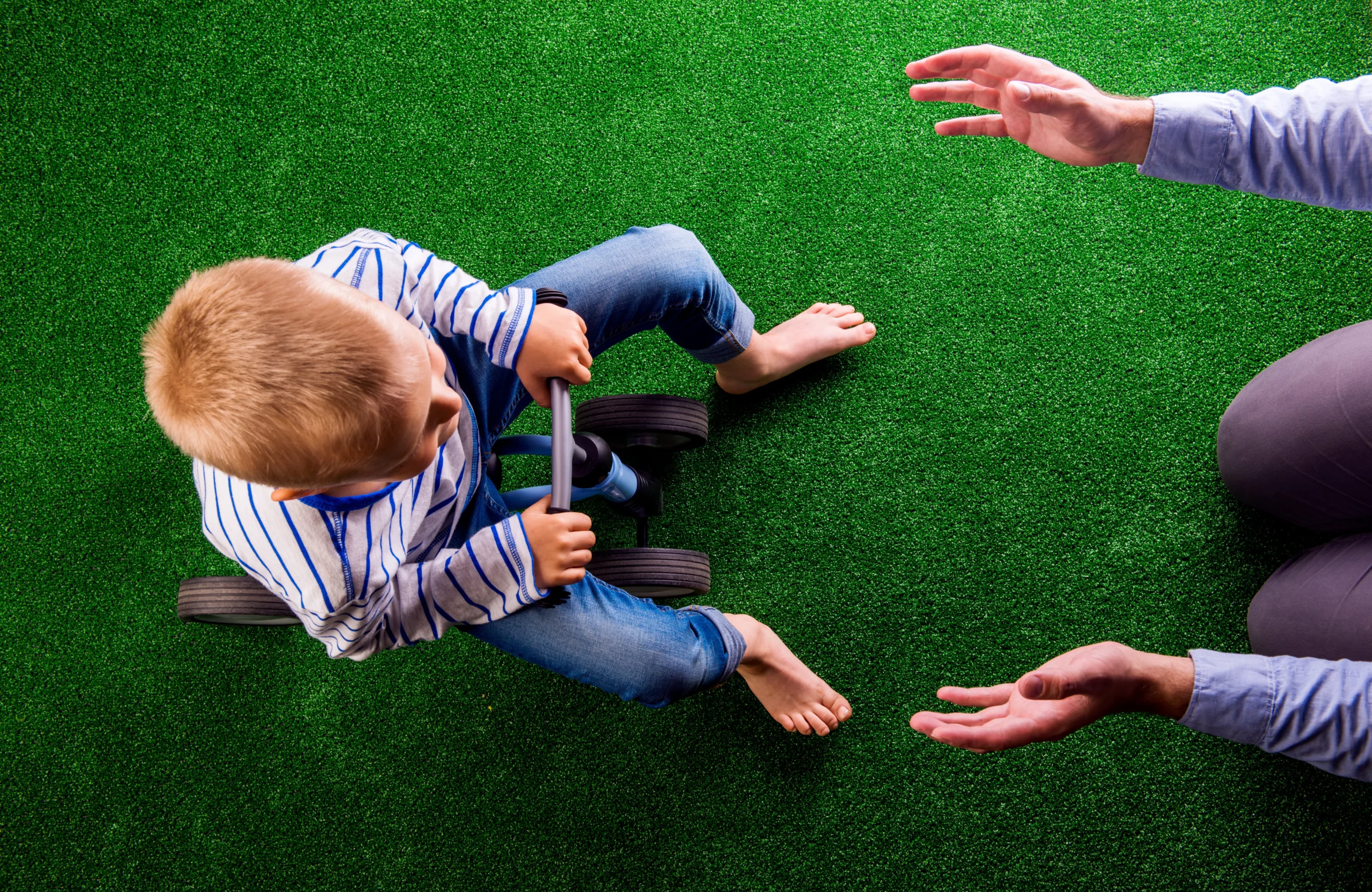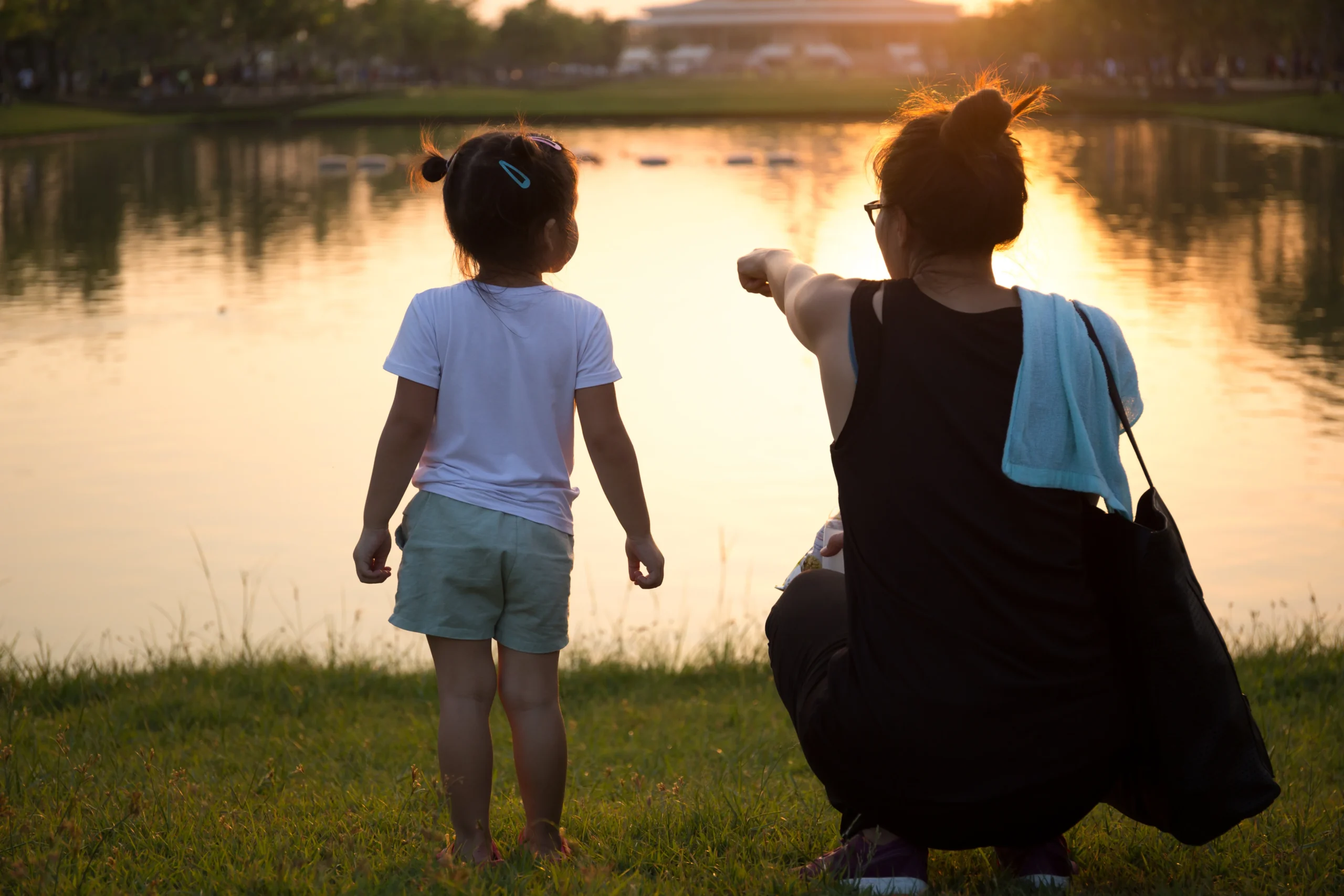Welcoming a new baby is often portrayed as a time of unparalleled joy. However, for many new parents, this period can also bring unexpected challenges, including feelings of sadness, anxiety, and overwhelm. While it’s common to experience brief mood swings known as the “baby blues,” there’s a more severe condition that requires attention: postpartum depression (PPD).
Understanding Postpartum Depression

Postpartum depression is a mood disorder that affects individuals after childbirth, characterized by persistent feelings of sadness, hopelessness, and a lack of interest in activities once enjoyed. Unlike the transient “baby blues,” which typically resolve within two weeks, PPD can last much longer and significantly interfere with daily functioning.
Prevalence and Risk Factors
PPD is more common than many realize. Approximately 1 in 7 mothers experience postpartum depression, making it one of the most common complications associated with childbirth.
Several factors can increase the risk of developing PPD, including:
- History of Depression or Anxiety – Individuals with a personal or family history of mood disorders are at a higher risk.
- Hormonal Changes – Significant hormonal fluctuations after childbirth can contribute to mood disturbances.
- Lack of Support – Limited emotional or practical support from family and friends can exacerbate feelings of isolation.
- Stressful Life Events – Financial difficulties, relationship problems, or health issues can increase vulnerability.
Recognizing the Symptoms
It’s crucial to distinguish between the “baby blues” and PPD. While both share some symptoms, the intensity and duration differ.
Signs of PPD include:
- Persistent Sadness – Feeling hopeless or overwhelmed most of the day.
- Loss of Interest – Disinterest in activities once found enjoyable.
- Changes in Appetite and Sleep – Experiencing insomnia or excessive sleeping, along with changes in eating habits.
- Irritability or Anger – Feeling unusually irritable or angry.
- Difficulty Bonding – Struggling to connect with the baby.
- Thoughts of Self-Harm – Experiencing thoughts of harming oneself or the baby.
If these symptoms persist beyond two weeks or worsen, it’s essential to seek professional help.
Impact on Child Development
Untreated PPD doesn’t just affect the parent; it can also have lasting effects on the child. Children of parents with untreated PPD may experience challenges in:
- Emotional Regulation – Difficulty managing emotions and responding appropriately to situations.
- Social Interactions – Struggles in forming and maintaining relationships.
- Cognitive Development – Delays in language, memory, and problem-solving skills.
Early intervention is vital to ensure both parent and child thrive.
The Role of Mindful and Conscious Parenting
Embracing mindful parenting practices can be beneficial for parents experiencing PPD. This approach encourages:
- Being present in the moment
- Acknowledging one’s feelings without judgment
- Fostering a deeper connection with the child
Similarly, the conscious parent philosophy emphasizes self-awareness and understanding one’s emotions, which can aid in recognizing and addressing PPD symptoms early.
Seeking Help: Treatment and Support
PPD is treatable, and several effective interventions are available:
1. Psychotherapy
Engaging in talk therapy or mental health counseling can provide coping strategies and emotional support.
2. Medication
Antidepressants may be prescribed, especially if symptoms are severe. It’s essential to discuss potential risks and benefits with a healthcare provider.
3. Support Groups
Connecting with others who have similar experiences can reduce feelings of isolation. Organizations like Postpartum Support International offer resources and support networks.
4. Self-Care
Prioritizing rest, nutrition, and engaging in toddler activities that promote bonding can aid recovery.
The Importance of Open Communication
Practicing nonviolent communication within the family can create a supportive environment for those dealing with PPD. Openly discussing feelings during family meetings ensures that concerns are addressed and support is provided.
Conclusion: Breaking the Silence
Postpartum depression is a significant mental health concern that extends beyond the typical “baby blues.” Recognizing the symptoms, understanding the risk factors, and seeking timely intervention are crucial steps toward recovery. By fostering a supportive environment through mindful parenting and open communication, families can navigate this challenging period together.
💡 Tip: If you or someone you know is struggling with postpartum depression, don’t hesitate to seek help. Early intervention can make a profound difference in the well-being of both parent and child.For more insights and support, don’t forget to follow us on Instagram, and Youtube for expert parenting advice.






